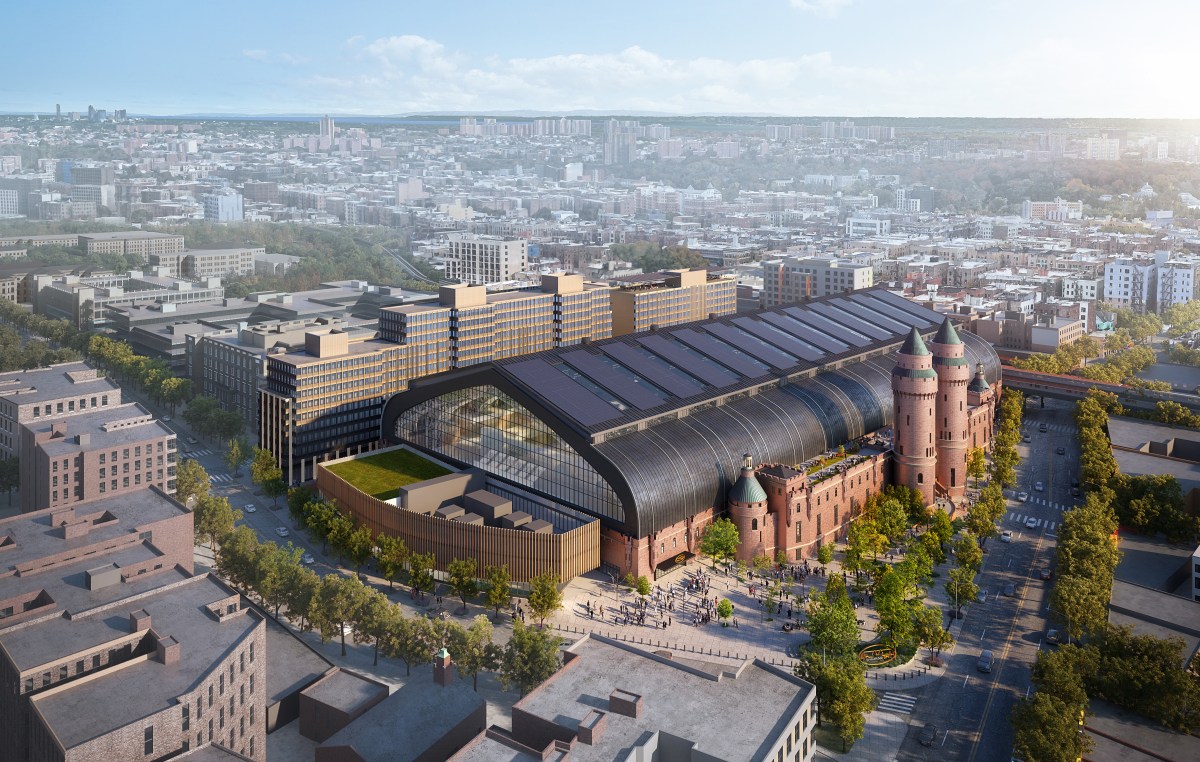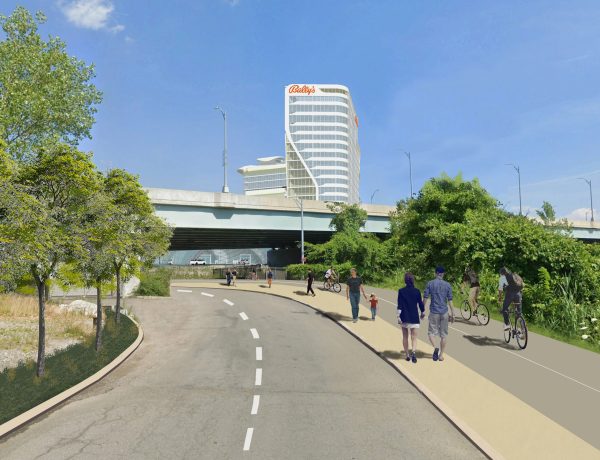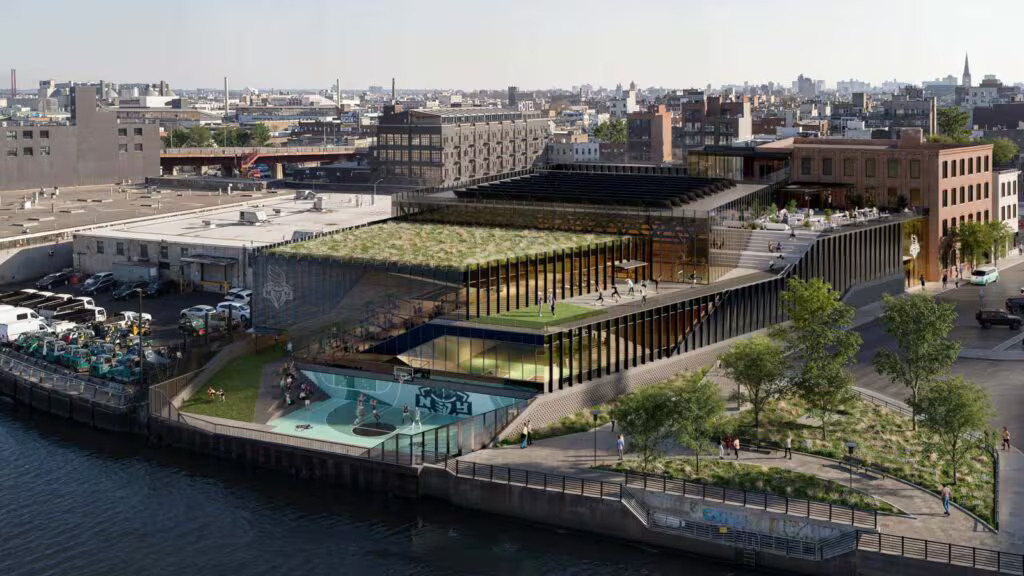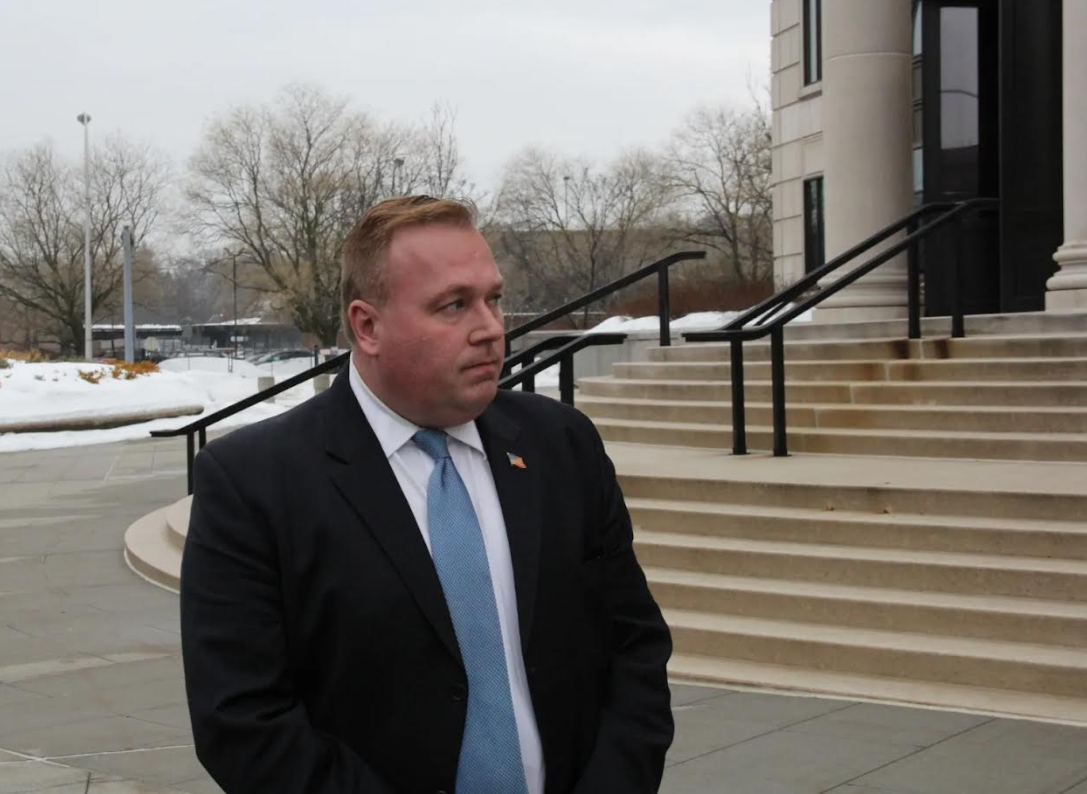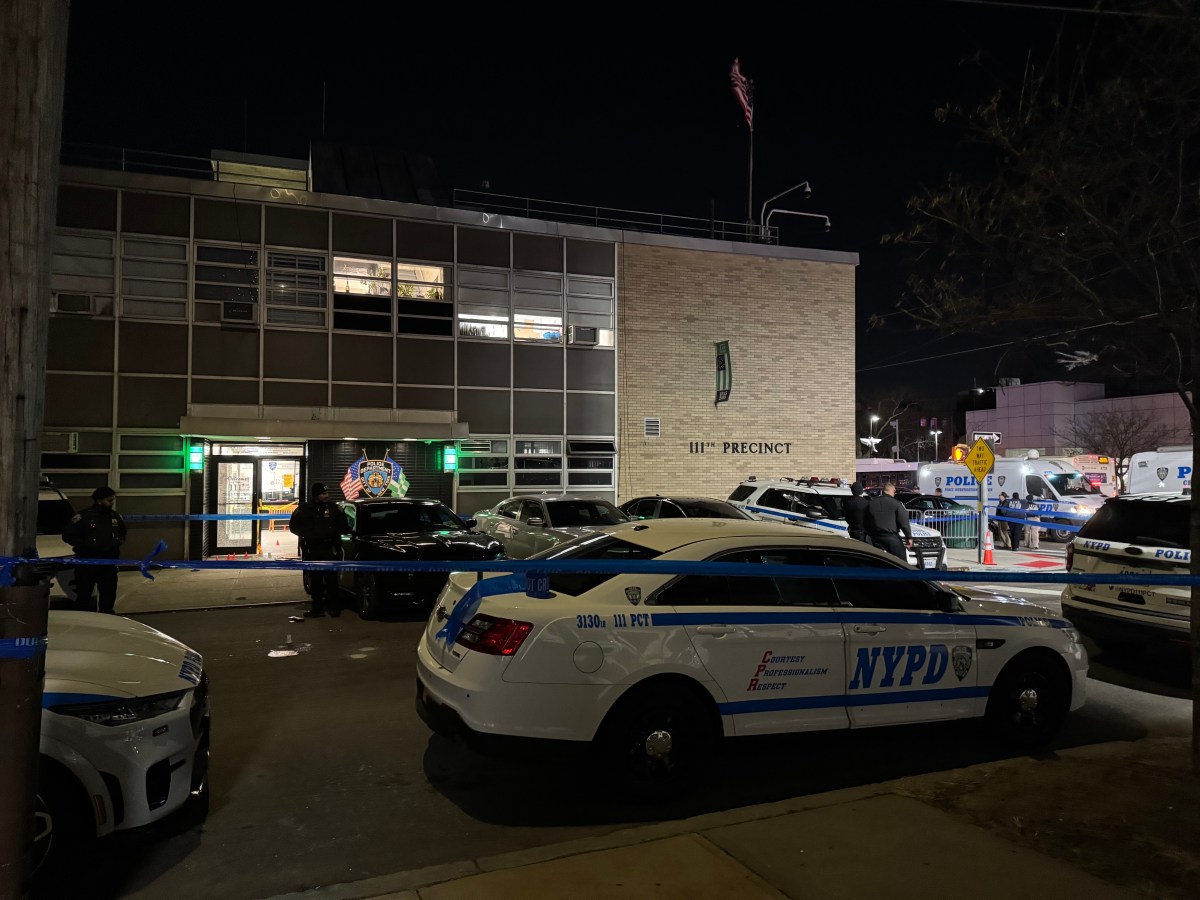
Politicians and landlords have spent years transforming the Financial District from an area riddled with empty office space into a haven for young, affluent families.
Buoyed by tax incentives, developers have helped quadruple the number of apartments in the area since 1990, with the bulk of the building occurring after the 9/11 attacks, according to data from the Alliance for Downtown New York, a group run by property owners and community leaders.
The population has skyrocketed, growing from 13,675 in 1990 to 61,000 in 2016, according to the Downtown Alliance. But so have the number of trash bags clogging sidewalks and concerns about congestion on the area’s narrow, windy streets.
“Those things are just part of the growing pains, but they’re things that we have to pay attention to and that the city needs to deal with if they want to keep the residents here,” said Patrick Kennell, president of the Financial District Neighborhood Association, noting the city is conducting a study of ways to mitigate mobility issues, including preventing trash from residential buildings from piling up on sidewalks. “And I think they will.”
Long before the attacks on Sept. 11, 2001, the Downtown Alliance and other leaders set out to develop an attractive area for businesses and residents alike.
“We had the stock market crash of ’87, and the (savings and loan) scandal and a number of things that really rocked this neighborhood,” said Jessica Lappin, president of the Downtown Alliance. “There was this idea that if we want to make this sustainable over the long-term, there has to be a 24/7, live-work community.”
Initially, the now-expired 421-g tax benefit was needed to convince developers to convert scores of aging, unused office space into residences. People began moving in during the 1990s, aided by the loft market in SoHo, TriBeCa and Chelsea, which began competing with more established Manhattan neighborhoods and pushing development farther downtown, according to Jonathan Miller, co-founder of the Miller Samuel appraisal firm.
The attacks cast a lingering pall over the neighborhood. Cleanup took time. But several government incentives helped residents return home and kept construction humming.
“If you had said in 2001 or 2002 that 15 years later, you would have people eager to live downtown, there was a lot of skepticism,” Lappin said. “So it’s been heartening to see that people want to be part of the revitalization.”
Home sales took off, particularly in the higher-end market, Miller added, after years of downtown being regarded as a cheaper alternative. Now, people seek out the Financial District because of the wealth of converging subway lines, a more active shopping, dining and entertainment scene than ever before, and the pull of a growing younger residential community.
“Young, fashionable people, who wouldn’t step a toe in the Financial District five years ago, are now literally putting it on their list,” said Rachel Kelly, a sales agent at Keller Williams in TriBeCa.
A recent analysis by the Downtown Alliance estimated that 41 percent of residents in lower Manhattan are millennials — defined as between 18 and 34 — and 19 percent are between 35 and 44. The group calculated that the median annual household income of the 25- to 44-year-olds in this demographic comes out to almost $160,000.
Although the alliance has touted the number of young single people moving into rental buildings south of the World Trade Center and east of Broadway, real estate agents said the area has done particularly well with first-time home buyers and those starting families.
Foreign investors have taken notice. And the neighborhood has started to draw people like Larry Silverstein, 86, who owns or has leasing rights to much of the World Trade Center complex.
“I decided it was time to move to where the young people are,” Silverstein said of his upcoming move from Park Avenue and 59th Street to one of his downtown projects.
The changes have been welcomed by Catherine McVay Hughes, who lives near the World Trade Center. She said the neighborhood has gained amenities such as movie theaters and gyms, and there is more support for cultural institutions.
But McVay Hughes said the perpetual construction work on new developments has also led to more trash and traffic as well as severe competition for local school seats.
“There are some growing pains,” said McVay Hughes, who has lived downtown for nearly 30 years.
Nonetheless, there are no signs the market is slowing. The Downtown Alliance said it has identified about 3,400 housing units in the pipeline, mostly in buildings that will be constructed from the ground up, rather than created inside old office spaces.



